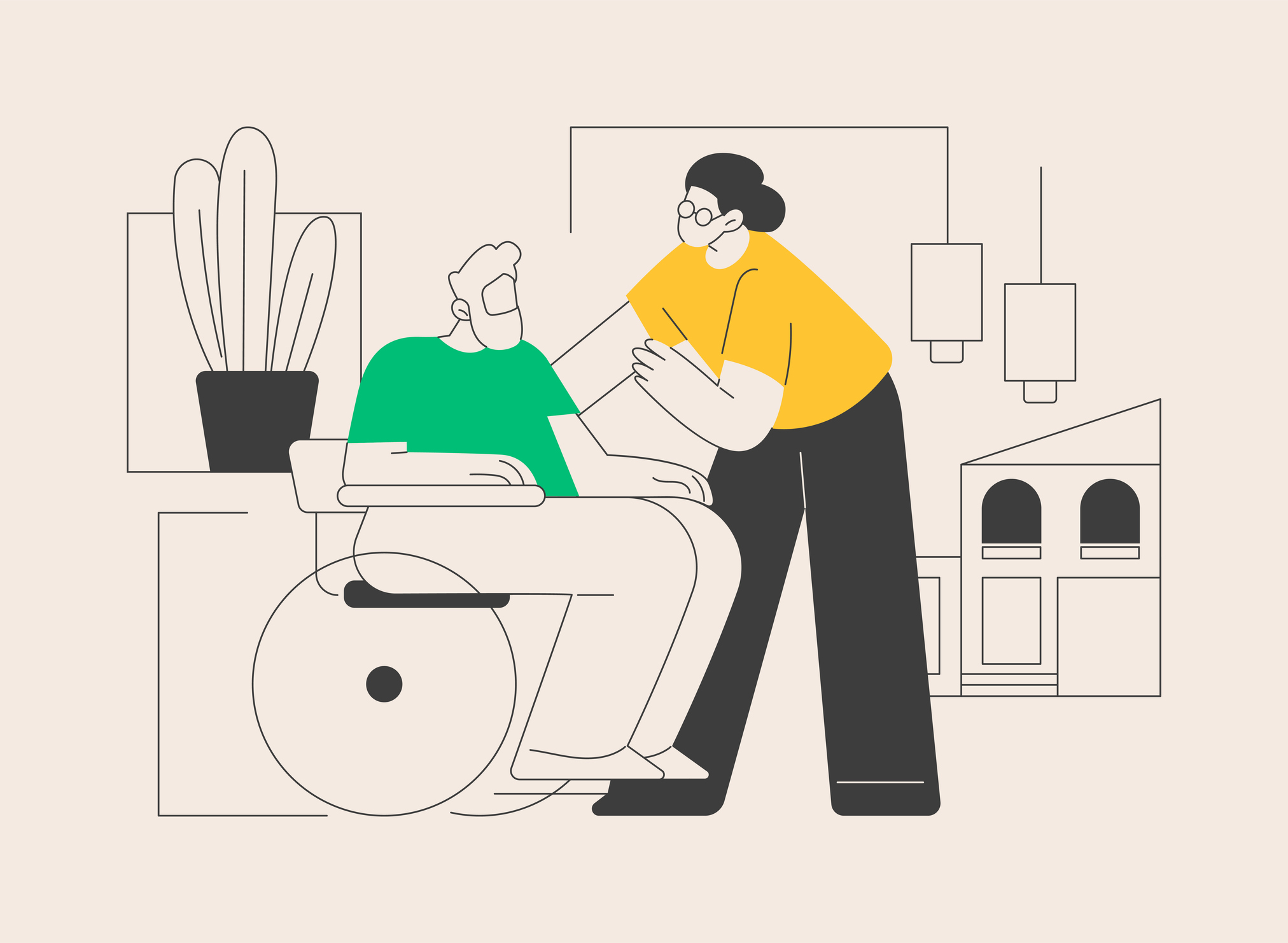3 Reasons for Healthcare Facilities to Prioritize Safe Patient Handling
It’s Patient Safety Awareness Week! Safe patient handling (SPH) can be key in providing the best possible outcome for patients, but some facilities may be hesitant due to the significant investment required. We review a few advantages of implementing an SPH program to overcome organizational doubt.
March 12, 2024

Patient handling tasks, like transferring from a chair to a bath or repositioning in a bed, have been identified as high-risk factors for occupational injuries among healthcare employees. Studies have shown that hospitals can significantly reduce these injuries by implementing and prioritizing a safe patient handling (SPH) program.
“The healthcare sector has one of the highest work-related injury rates, and employees in long-term care, hospitals, and home health experience some of the worst musculoskeletal disorders (MSD),” said Stacy Whalen, Senior Medical Manager at Safety National. “SPH is foundational in MSD prevention, but is also highly effective in preventing patient falls and worsening existing injuries that could lead to prolonged treatment.”
Here are a few of the benefits offered by a well-managed safe patient handling program.
1. It positively impacts health outcomes and patient satisfaction.
Safe patient handling can contribute to a higher standard of care and improve recovery time by mobilizing patients earlier and progressively without the risk of further injury.
Research shows that early active mobilization of patients can improve clinical outcomes, especially for those at risk of experiencing weakness due to extended intensive care unit stays. If SPH resources are not provided for assistance, this therapeutic strategy often requires multiple healthcare employees to manually lift and assist a patient. Assistive devices, like slings, sit-to-stand lifts, and gait belts, can also increase patient safety and comfort. Additionally, discussing planned lifting procedures with patients helps them actively engage in their recovery while enhancing their sense of dignity.
2. It reduces workplace injuries for healthcare employees.
According to the National Institute for Occupational Safety and Health, nursing assistants experienced the highest rates of MSDs of all occupations in 2020, reporting 15,360 related injuries. They also note that the most significant risk factor for these injuries is the manual lifting, moving, and repositioning of patients. Lifting equipment is essential to a successful SPH program and has been shown to reduce exposure to manual lifting injuries by up to 95%. However, an SPH program requires a supportive foundation before implementing lifting equipment. Building a successful SPH program includes:
- Commitment from both management and staff at all levels.
- Hazard assessments that address high-risk areas and units.
- Methods that control hazards such as lifting, transferring and repositioning patients.
- Ongoing education and training for each staff member.
3. It improves system efficiency and reduces costs.
Aside from the workers’ compensation claim costs from patient handling-related injuries, various, less visible costs impact a healthcare facility’s finances and resources. Staffing shortages have profoundly affected the healthcare industry, and work-related injuries can worsen these issues through employee turnover, productivity, and morale. Additionally, there is necessary investigation time and training that follows any incident. While there are upfront costs for implementing SPH equipment, the long-term benefits typically pay for themselves. According to the Occupational Safety and Health Administration, investments in SPH equipment can be recovered in fewer than five years. Injury rates and severity have also been shown to be significantly reduced after these programs are introduced.
For more expertise, guidance or resources on this topic, please contact [email protected].

























